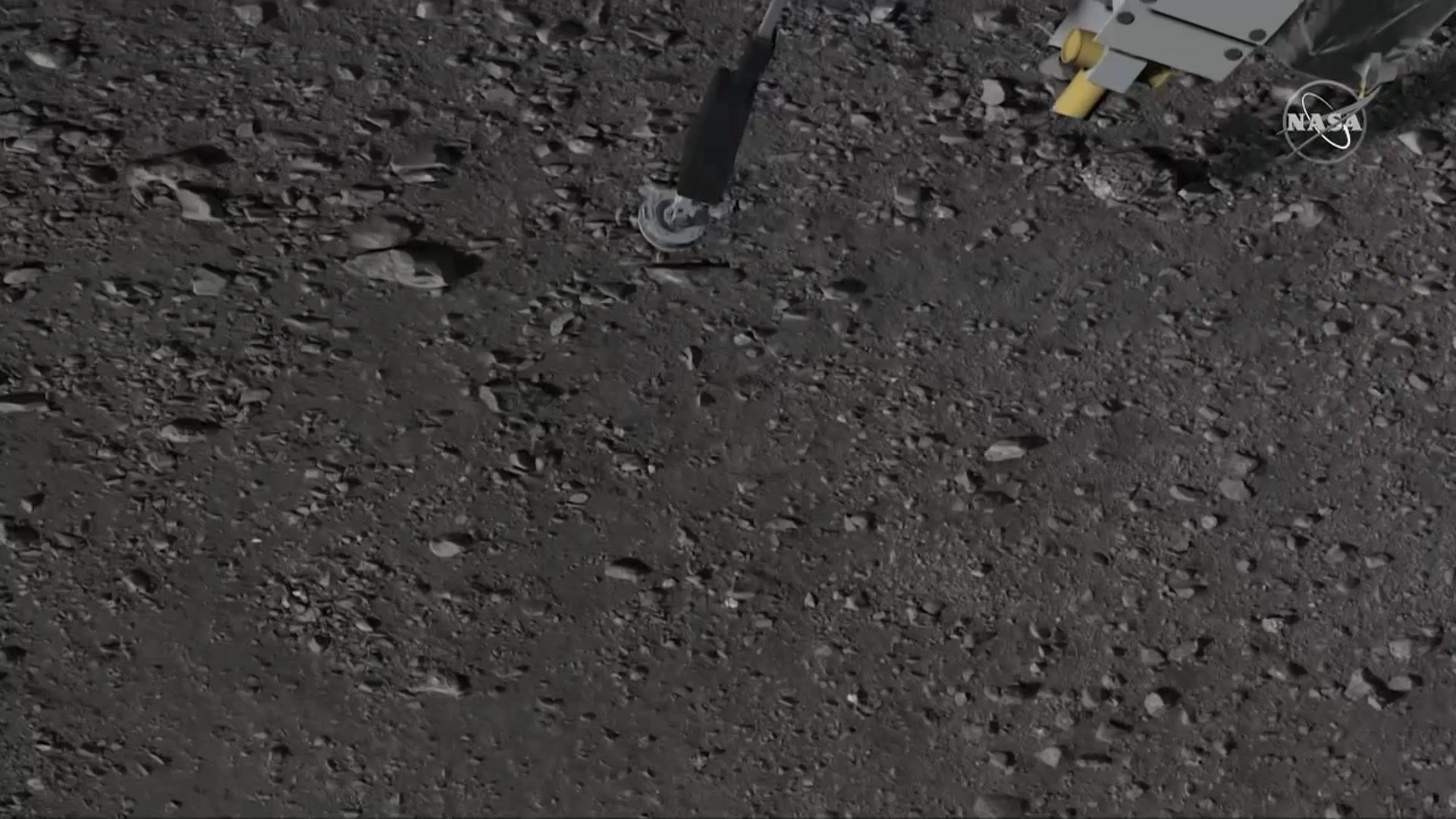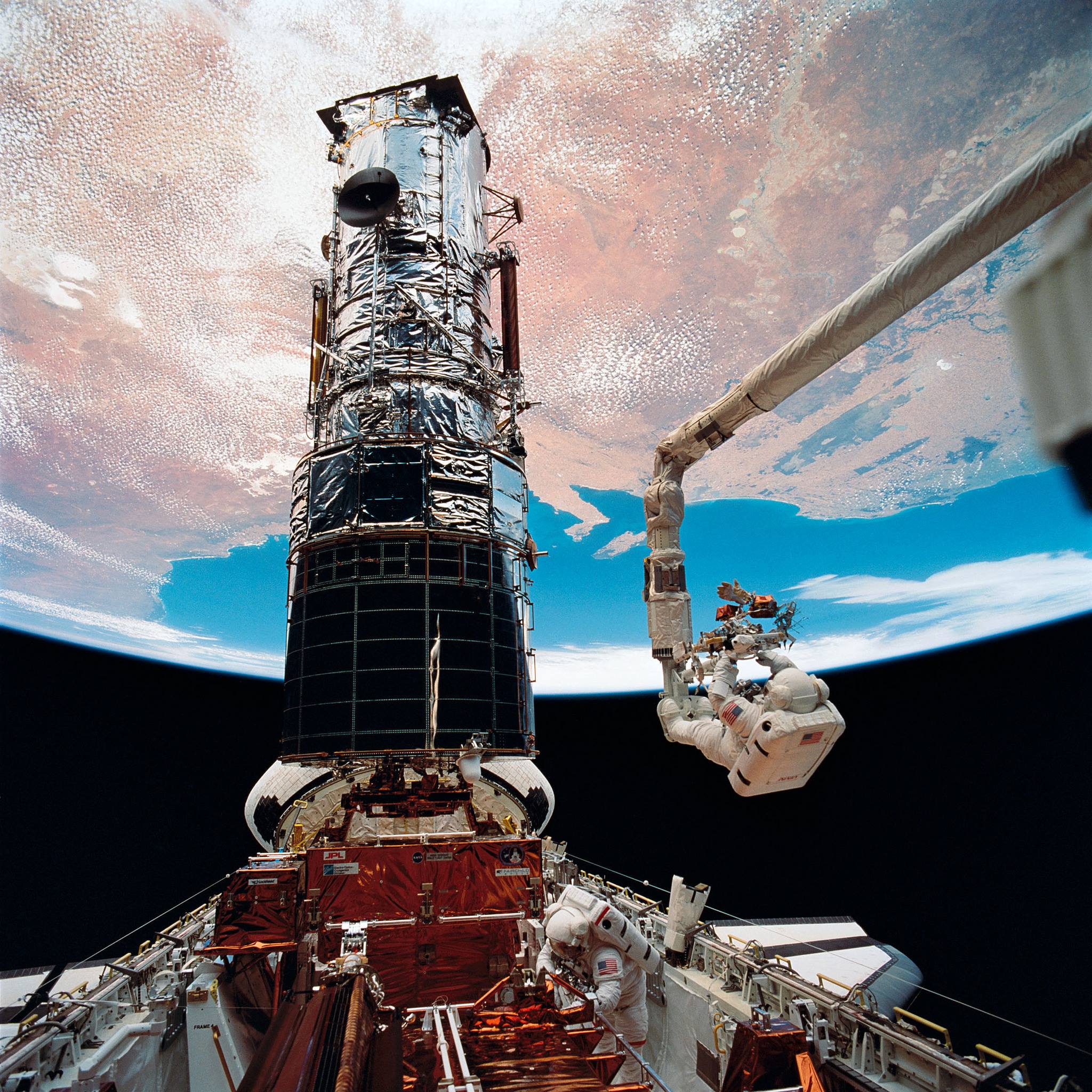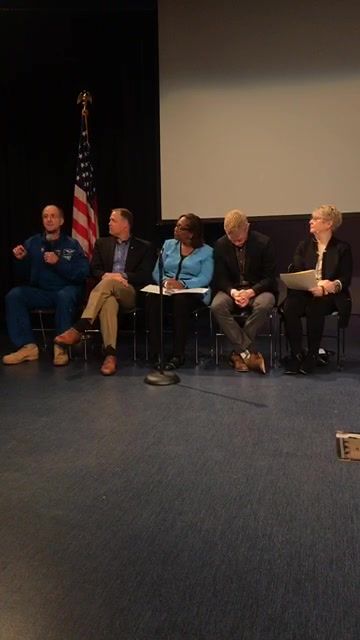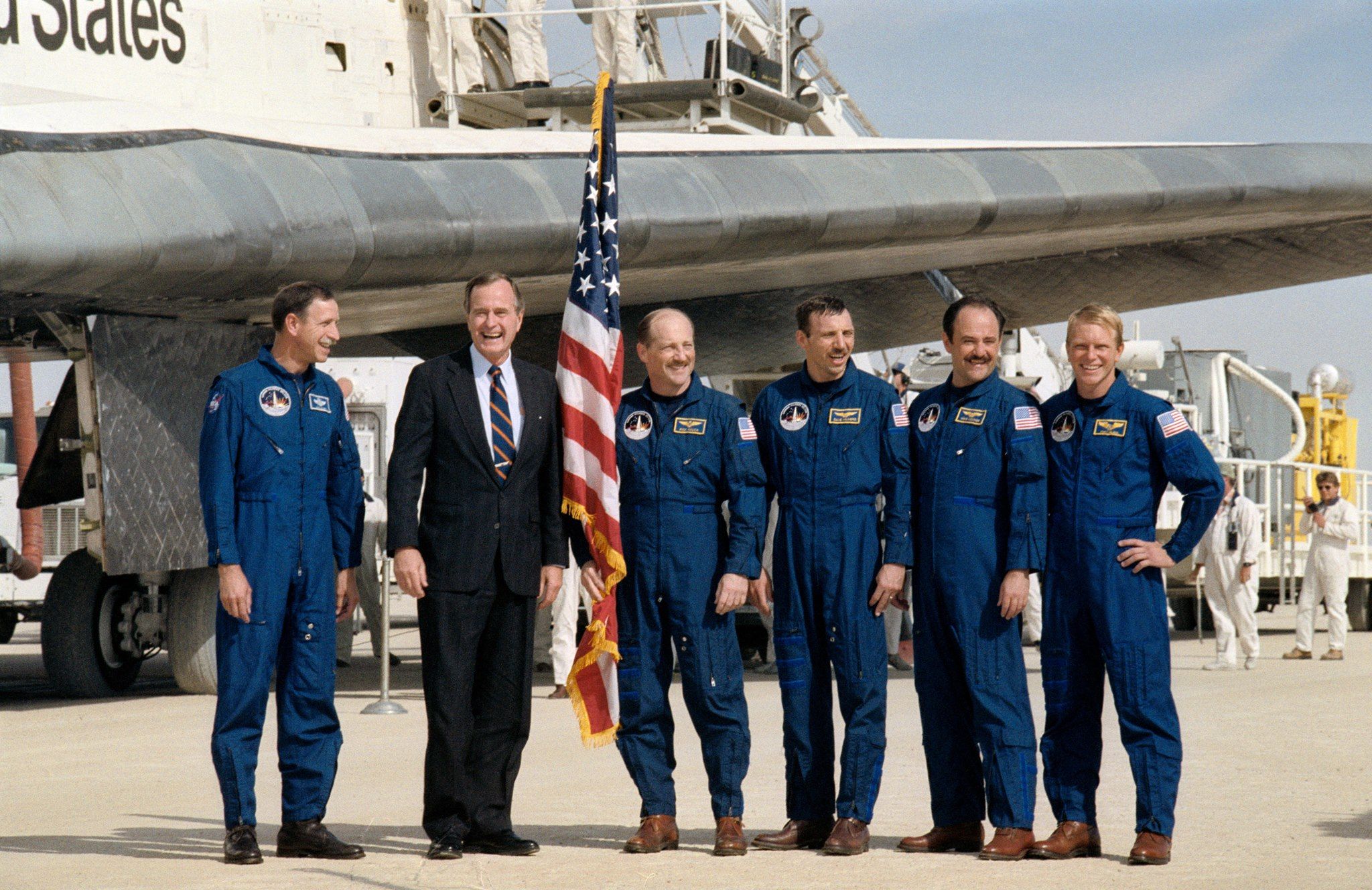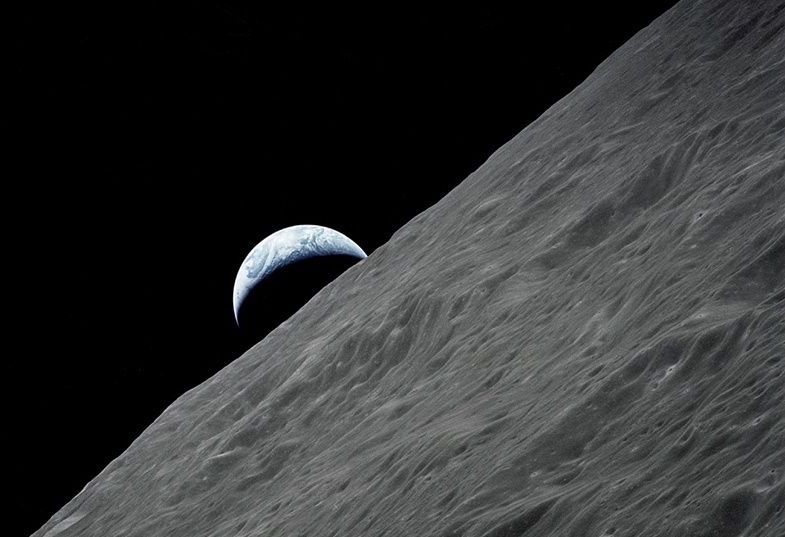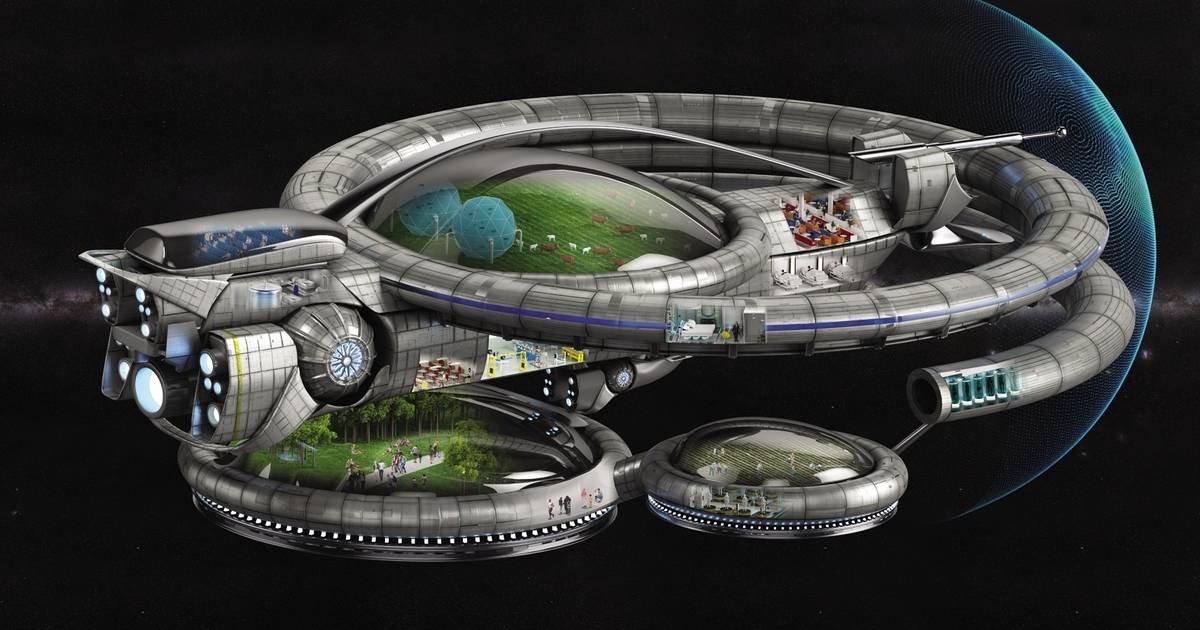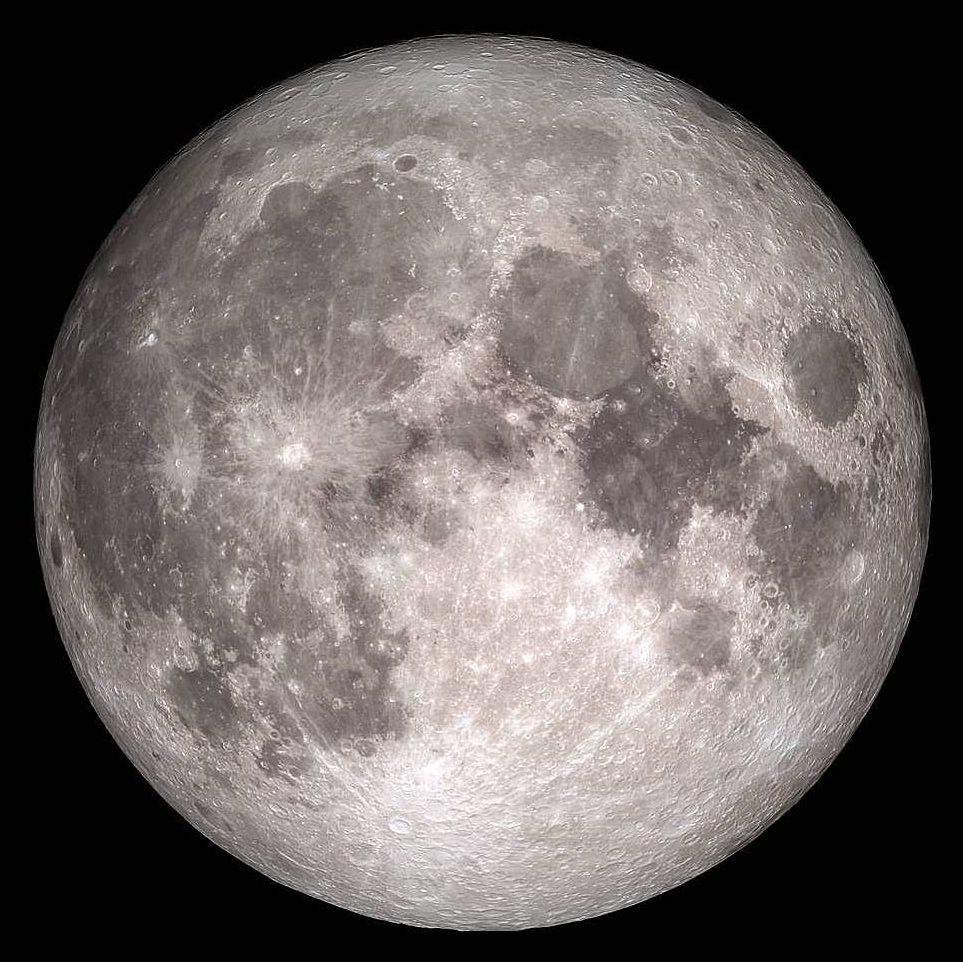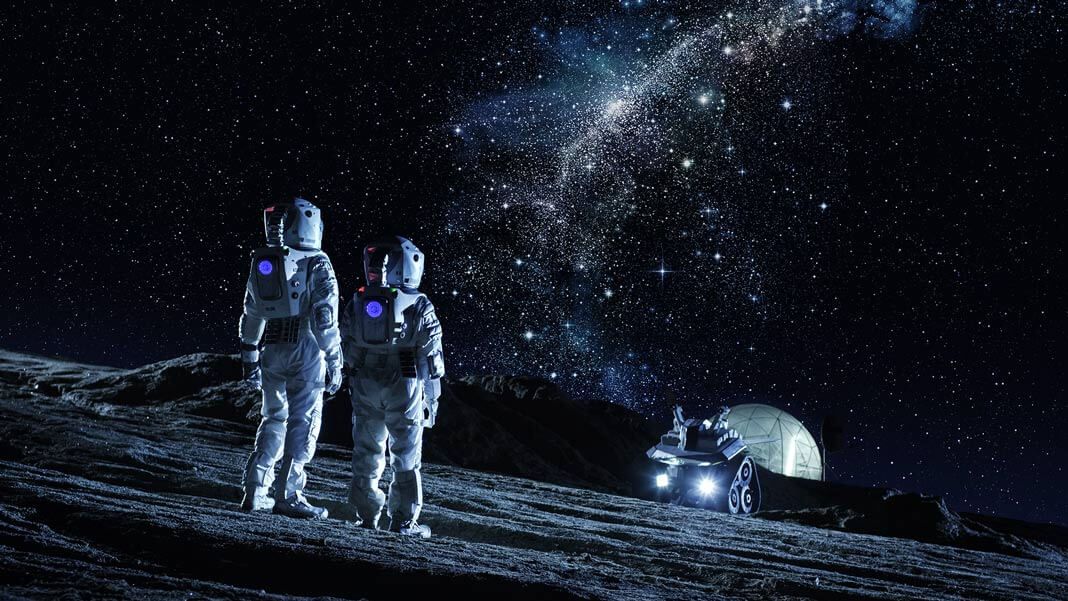Archive for the ‘space travel’ category: Page 375
Twenty-five years ago today, a group of astronauts ascended in the space shuttle to accomplish a feat of unprecedented proportions: to fix NASA’s Hubble Space Telescope, in space. Learn how the ingenuity of those repairs blazed the way for decades of not only satellite repairs, but also space exploration: https://go.nasa.gov/2FWHuXz&h=AT1qFoI48_v6tgpXkkQf7uBHIj2Xuh…jlZErelV8A
Dec 1, 2018
We mourn the passing of former President George H.W. Bush, a leader who was a passionate advocate for space exploration
Posted by Michael Lance in categories: futurism, space travel
NASA Administrator Jim Bridenstine reflects on the former president’s contributions to our space program by saying, “The President noted it was humanity’s destiny to explore, and America’s destiny to lead. We salute this great American leader, who challenged us to chart a course for the future to benefit all humanity.”
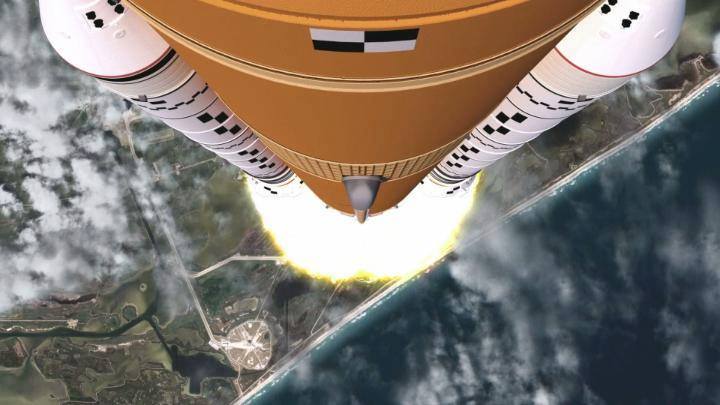
To get to the Moon, Mars and beyond: we’re going to need a bigger boat. NASA’s Space Launch System will be the largest rocket ever assembled. So how do you build a rocket of unprecedented size? Find out: https://go.nasa.gov/2reryWv&h=AT1kQENIbN8mgnEjOtOB961e5lWIk9…o6EX1Flehg
Dec 1, 2018
NASA Astronaut May Be Among Last to Launch from Baikonur Cosmodrome
Posted by Alberto Lao in category: space travel
NASA astronaut Anne McClain is expected to take her first spaceflight aboard Soyuz, as every U.S. astronaut has done since 2011 — but she may be one of the last.
Nov 30, 2018
Russia Announces Plans to Establish Moon Colony by 2040
Posted by Steve Nichols in category: space travel
The first stage foresees the launch of a module to orbit the moon, the RBC news website reported, citing Nikolai Sevastyanov, the head of Russia’s TsNIIMash federal rocket and spaceсraft development corporation.
The second phase will reportedly involve sending the country’s first manned mission to the moon and starting construction of a long-term base between 2025 and 2034. The program’s third stage envisions the completion of the base’s construction by 2040 and the establishment of an “integrated manned moon exploration system.”
Construction of the moon colony is set to begin late in 2025, the state-run RIA Novosti news agency cited Yevgeny Mikrin, Russia’s chief designer of manned space programs, as saying during a presentation of the draft lunar program on Wednesday.
Continue reading “Russia Announces Plans to Establish Moon Colony by 2040” »
Nov 30, 2018
We could move to another planet with a spaceship like this
Posted by Shailesh Prasad in categories: employment, physics, space travel
Proxima b, our nearest neighboring exoplanet, is almost 25 trillion miles away. Even one of our fastest spaceships—the 31,600-mile-per-hour New Horizons—would take hundreds of thousands of years to get there. Assuming we can’t figure out how to warp space-time (seems unlikely, but fingers crossed), we’re still looking at a couple-hundred-year trip in the best-case scenario, which leads to the real problem: No human crew could survive the entire ride. Science-fiction writers have long floated so-called generation ships as a solution. Designers would outfit these interplanetary cruise vessels to support a community of adults and their children, and their children’s children, and their children’s children’s children…until humanity finally reaches a new celestial shore. Here’s our best guess for what it would take to sow the seeds of an extrasolar species.
Career planning
Successive generations need to fill all the vital crew roles—such as medics and mechanics—which doesn’t leave much room for freedom of choice. A version of modern career tests would assign occupations based on aptitude, passions, and available jobs.
Continue reading “We could move to another planet with a spaceship like this” »
Nov 30, 2018
NASA Announces New Partnerships for Commercial Lunar Payload Delivery
Posted by Michael Lance in categories: innovation, space travel
We are making tangible progress in America’s return to the Moon’s surface to stay. The innovation of America’s aerospace companies, wedded with our goals in science and human exploration are going to help us achieve amazing things on the Moon and feed forward to Mars.
Nine U.S. companies now are eligible to bid on NASA delivery services to the lunar surface through Commercial Lunar Payload Services (CLPS) contracts, as one of the first steps toward long-term scientific study and human exploration of the Moon and eventually Mars.
These companies will be able to bid on delivering science and technology payloads for NASA, including payload integration and operations, launching from Earth and landing on the surface of the Moon. NASA expects to be one of many customers that will use these commercial landing services.
Continue reading “NASA Announces New Partnerships for Commercial Lunar Payload Delivery” »
Nov 30, 2018
How One Researcher Is Using VR to Help Our Eyes Adapt to Seeing in Space
Posted by Shailesh Prasad in categories: space travel, virtual reality
It’s not like moon-walking astronauts don’t already have plenty of hazards to deal with. There’s less gravity, extreme temperatures, radiation—and the whole place is aggressively dusty. If that weren’t enough, it also turns out that the visual-sensory cues we use to perceive depth and distance don’t work as expected—on the moon, human eyeballs can turn into scam artists.
During the Apollo missions, it was a well-documented phenomenon that astronauts routinely underestimated the size of craters, the slopes of hilltops, and the distance to certain objects. Objects appeared much closer than they were, which created headaches for mission control. Astronauts sometimes overexerted themselves and depleted oxygen supplies in trying to reach objects that were further than expected.
This phenomenon has also become a topic of study for researchers trying to explain why human vision functions differently in space, why so many visual errors occurred, and what, if anything, we can do to prepare the next generation of space travelers.
